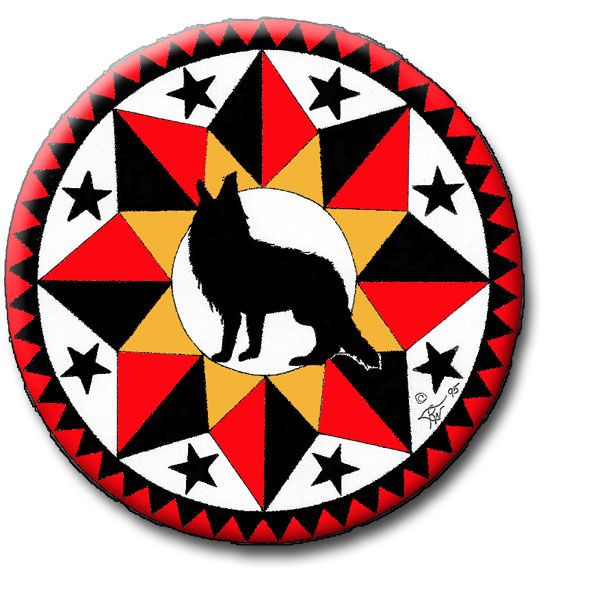Week 38: What the Hex?
The Wheel is about to turn, and it’s time to get your Hex on.
Tonight at 2:50 AM EDT, we will cross the Autumnal Equinox and head into darkness. If you listen carefully, you can probably hear Wiccans and Druids clearing their throats outside your office window, getting ready to chant and celebrate the turning of the Wheel from the Harvest to the Winter.
What’s that, you say? We don’t do those Pagan things here in America?
If you think so, take a drive through Pennsylvania. The area was settled in the 1700s by German farmers who came in search of cheap land and religious freedom. These “Pennsylvania Dutch” (er, “Deutsch,” actually) were of two types: Amish and Mennonites who moved west, and Lutherans who stayed in the east. They were all pressured to give up their old-country ways, stop speaking unintelligible German, and integrate into their new country. But they quietly held on to some traditions.
Around 1840, some of their traditional culture exploded right into the open. At that time, affordable paints came onto the mass market, and this allowed farmers to color their barns for the first time. Almost overnight, boring brown wooden farms were transformed to vivid red, green and white.
And many of the barns were given a curious decorative element: large circular emblems filled with colorful agrarian symbols. They might include the Sun for warmth and Stars for harmony. A Goldfinch means luck, a Dove means friendship, and an Eagle is for strength. Tulips are for faith, Wheat is for abundance. Oak for long life, Rain for fertility. And the circular Wheel of the Seasons turning around it all.
It’s all very earthy and homespun, just a cute little design touch put up in hopes of some good farming fortune, right?
Well, keep in mind that these circular symbols are commonly known as “Hex Signs,” – from the German word “hex” which means “witch” – implying they might have a deeper, perhaps darker, significance. The designs often include satanic pentagrams, and elements in multiples of six, a number often associated with the occult. And while Lutherans have adopted Hex Signs extensively, the more conservative Amish and Mennonites shun them like the, um, devil.
So what the hex do we have here, harmless folk art or dark magic?
Maybe a little of both. Perhaps Hex Signs can change the weather, protect a building from lightning, and keep the cows healthy. Or maybe they’re just cool to look at.
But you won’t get far asking the locals about it. These are notoriously close-lipped people. Ask any old German farmer about them, and he’ll probably avert his eyes, look around suspiciously, and tell you, “Hex Signs are chust for nice.”
Hmm. Maybe, maybe not. Either way, you might want to get home before dark.
Mind the turning of the Wheel. Enjoy the Equinox.
Bwahaahaaha.
